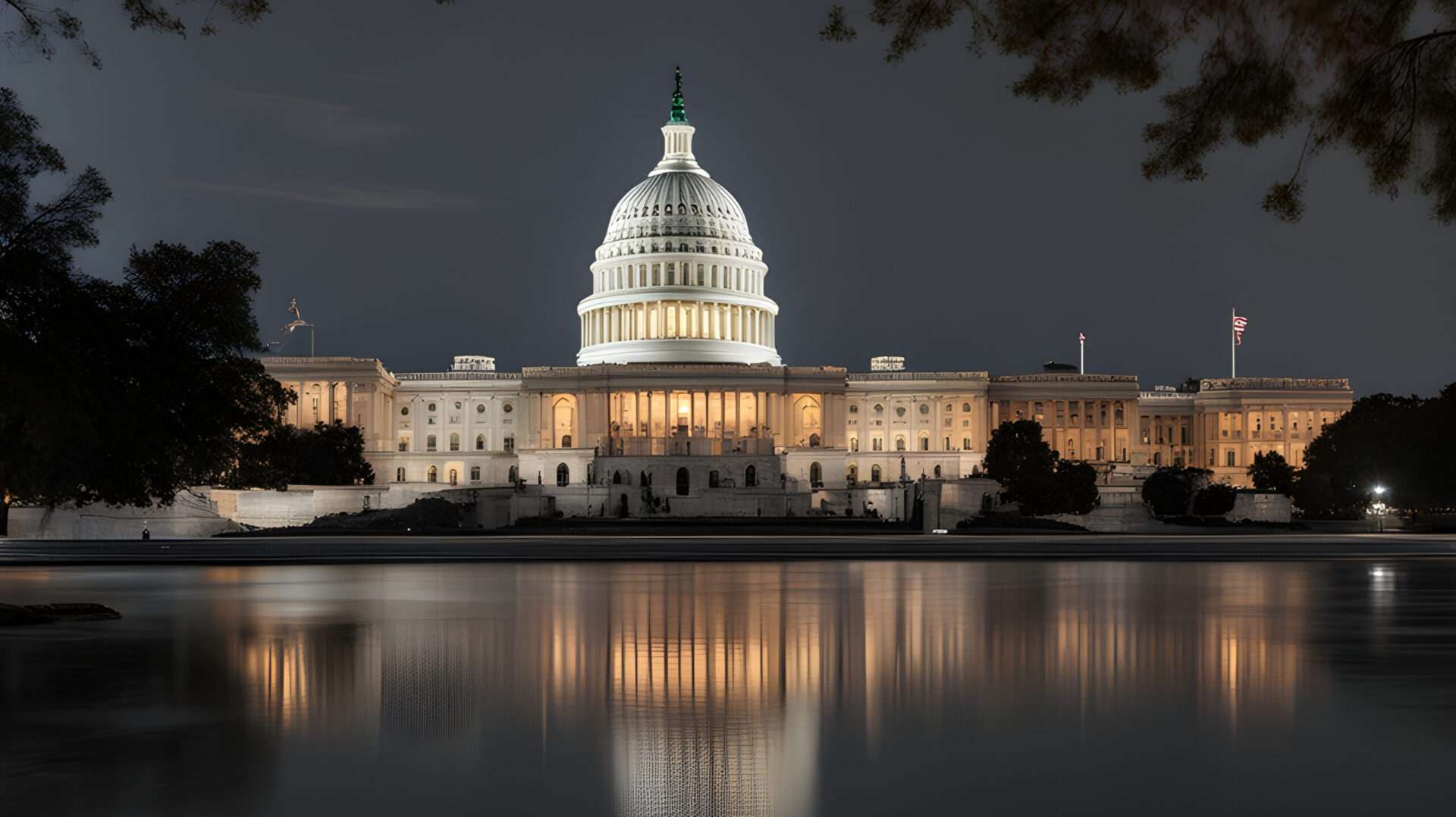Note: Political Awareness’s published communication is never authorized by any candidate or their committees.
Voter Rights and Protections in the United States
Voter rights and protections in the United States are fundamental to the democratic process and ensure that every citizen has the opportunity to participate in shaping their government. Throughout history, various laws and amendments have been enacted to safeguard these rights. Understanding the legal framework and available resources is essential for ensuring that all eligible voters can exercise their rights.
Historical Context
The journey toward universal suffrage in the U.S. has been marked by significant legislative milestones. The Constitution initially granted voting rights to white male property owners. But various amendments and laws have expanded these rights over time. The 15th Amendment (1870) prohibited denying the right to vote based on race. While the 19th Amendment (1920) granted women the right to vote. Further progress was seen with the Voting Rights Act of 1965 (VRA), which aimed to eliminate discriminatory practices that prevented African Americans and other minority groups from voting.
Key Legislation
1. Voting Rights Act of 1965: This landmark legislation aimed to overcome legal barriers at the state and local levels that prevented African Americans from exercising their right to vote. The VRA outlawed literacy tests and other discriminatory practices. And provided for federal oversight of voter registration in areas with a history of discrimination.
2. National Voter Registration Act of 1993 (NVRA): Also known as the Motor Voter Act, this law requires states to offer voter registration opportunities when individuals apply for or renew driver’s licenses or certain social services, making it easier for people to register to vote.
3. Help America Vote Act of 2002 (HAVA): In response to the disputed 2000 presidential election. HAVA aimed to improve voting systems by setting standards for voting machines and ensuring accessible voting for individuals with disabilities.
4. The Voting Rights Advancement Act of 2019 (VRAA): While not yet passed, this proposed legislation seeks to restore and strengthen provisions of the Voting Rights Act that were invalidated by the Supreme Court in 2013. Ensuring continued protection of voting rights for minority communities.
Voter Protections
Voter protections encompass various rights, including the right to vote without intimidation, the right to assistance when needed, and the right to vote in a free and fair election. Key protections include:
– No Discrimination: Under federal law, individuals cannot be denied the right to vote based on race, color, religion, sex, or national origin.
– Accessibility: The Americans with Disabilities Act (ADA) mandates that polling places be accessible to individuals with disabilities, ensuring that all voters can exercise their rights.
– Voting by Mail: Many states allow absentee voting and vote-by-mail options that provide flexibility for voters who cannot vote in person due to various circumstances.
Resources for Voters
Several organizations and government resources are available to inform and assist voters in understanding their rights:
– Vote.org: Offers comprehensive resources for checking registration status, learning about voting methods, and understanding rights.
– The American Civil Liberties Union (ACLU): Focuses on protecting individual rights. Including voting rights and provides resources for reporting voter suppression.
– The League of Women Voters: Provides nonpartisan information about voting, how to register, and details on local elections.
– State Election Offices: Each state has an election office that offers information on voter registration, polling places, and specific state laws.
Conclusion
Voter rights and protections are crucial components of the democratic process in the United States. Although progress has been made, challenges persist, necessitating constant vigilance to protect the rights of all citizens. By understanding the laws and available resources. Voters can ensure their participation in shaping the future of their communities and the nation.

Leave a Reply